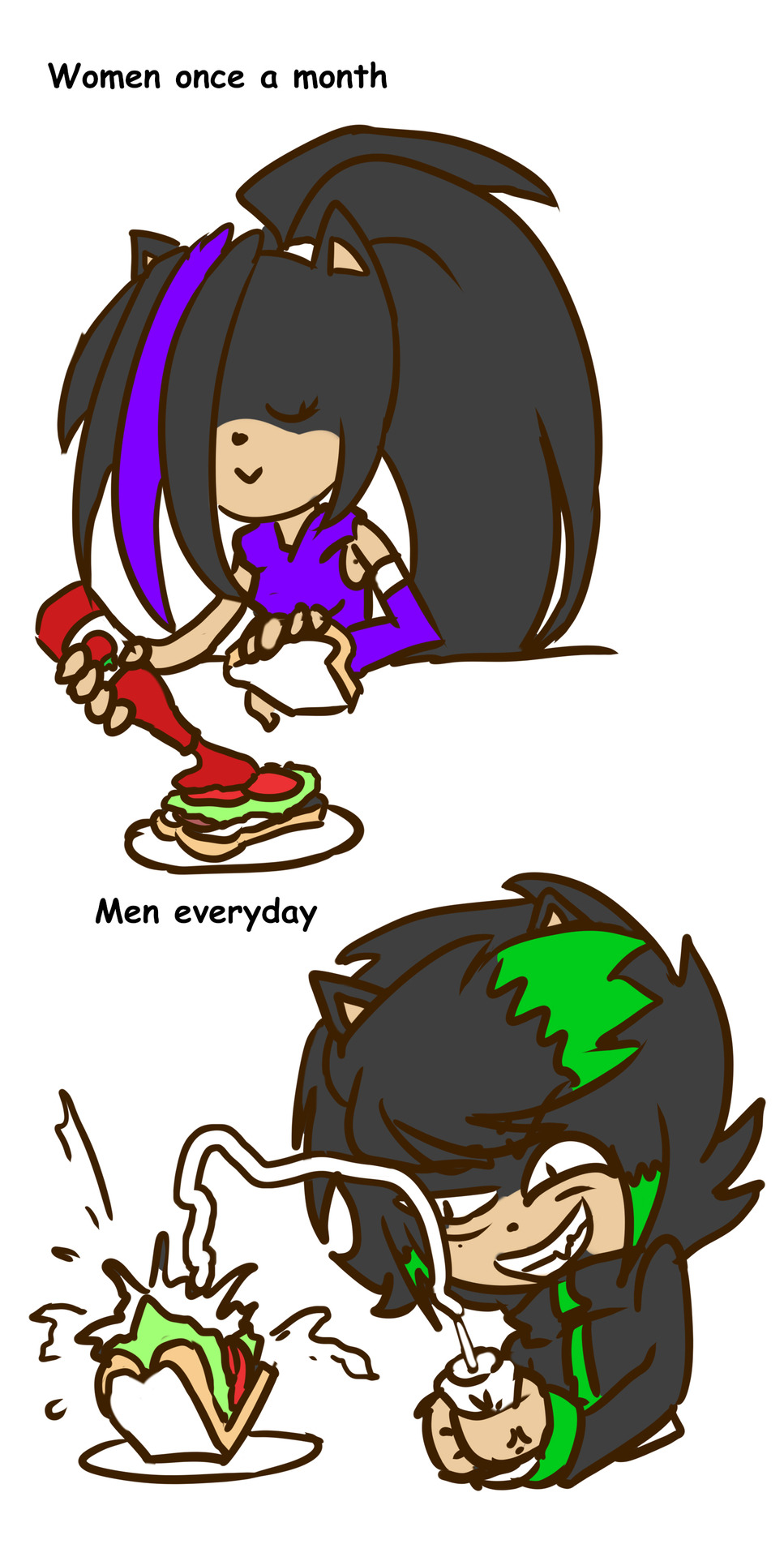The Shapes tool lets you add shapes — rectangles, circles, speech bubbles, and stars — directly to an image. There’s also a magnifying feature called Loupe to zoom in on something specific. This reddit was created to reunite the Paint Tool SAI comminity and share their art! I'm trying to make a Paint Tool sai 2 Dark Theme.
| Minimum Requirement (2000x2000px) | |
| OS | Windows 2000/XP/Vista/7/8/8.1/10 |
| Memory | More than 1GB |
| Video | 1024x768 - 24bit Color |
| (The folder included 'error' folder and 'settings' folder) '<(My)Documents>SYSTEMAX Software DevelopmentSAI2 Demo' (The folder included 'error' folder and 'settings2.ssd' file) A layer's blend mode specifies how it is blended with the layers immediately below it in the layer stack. Changing the To change a layer's In the dialog the The order of the layers in the layers stack is important when using layer blend modes. Layer A blended over Layer B is not the same as Layer B blended over Layer A - even if the same blend mode is used. Not all blend modes are easy to understand in classic or intuitive terms, and because of this experimentation is recommended. The paint.net forum is a great place for asking questions, getting tips and discovering how to use the less intuitive features of paint.net. The Select the blend from the list and use the tool as normal to have the blend mode applied as the tool covers the canvas. The tool and blend mode will be applied to the active layer as if the tool was being used on a new layer immediately above the active layer and the results merged down following the editing operation. For the following discussion, these two images will be used to demonstrate the layer blend modes: Where the term composition is used, this refers to the sum of all the visible lower layers in the image. The final composition is how the image appears on screen or what results when the entire image is flattened. Blend ModesNormalBuy Paint Tool SaiThis is the default and standard blend mode. Each pixel in the layer is blended with the composition depending on its alpha value. MultiplyEach pixel's RGB component intensity is multiplied with the pixel value from the composition. The result of this blend mode is always darker than the original. White pixels in the blend layer are effectively rendered transparent by the blend. AdditiveEach pixel's RGB component intensity is added to the intensity of the pixel values from the composition. The blend has the effect of brightening pixels in the final composition. Black pixels in the blend layer are rendered as transparent by the blend. Color BurnThis blend mode has the effect of making dark pixels darker while lighter pixels must be blended with other light colored pixels in order to remain bright. Color DodgeThis can be thought of as the opposite of . Lighter pixels retain their brightness while darker pixels must be blended with other dark pixels in order to remain dark. ReflectThis blend mode can be used for adding shiny objects or areas of light. Black pixels in the blend layer are ignored as if they were transparent. GlowThis is the reverse of the mode: it works the same as swapping the layer positions and using . effectively brightens the composition by the amount of brightness in the blend layer. Black pixels in the blend layer are rendered as if they were transparent. OverlayThis is a combination of and modes which uses the blend pixel intensity to determine the result. For darker colors, this acts like . For lighter colors, this acts like . Difference The counterpart to blending. The layer pixel's intensity is subtracted from the composition pixel's intensity resulting in darker colors. Subtraction could produce a negative intensity which is unable to be displayed, so an absolute value is returned. Thus, both 'white minus black' and 'black minus white' will both produce white. blend is often useful when using the Negation At first glance this seems similar to , however it actually produces the opposite effect. Instead of making colors darker, it will make them brighter. LightenThe lightest pixel of either the blend layer or the composition is used. DarkenThe darkest pixel of either the blend layer or the composition is used. Screen This can be thought of as the opposite of the blend mode. It is used to make pixels brighter, with black being effectively transparent. Paint Tool Sai 2XorThis is short for 'exclusive OR', which is an advanced blending mode that is primarily used for image analysis. Pixels in the blend layer which exactly match the composition will be rendered black. Where differences exist, colors are shown. OverwriteThis type of blending applies what is known as 'COPY' blending. In this mode, any new pixel being drawn completely replaces any pixel that was already at that location in the active layer. The differences can be seen below where a thick line has been drawn twice, each time with an Alpha value of 128 (approximately 50% transparent).  The line on the left was drawn with Paint Tool Sai 2 FreeThe line on the right was drawn using How To Download Paint Tool Sai 2Overwrite Paint Tool Sai Version 2The Overwrite blending option can be especially useful with the | |